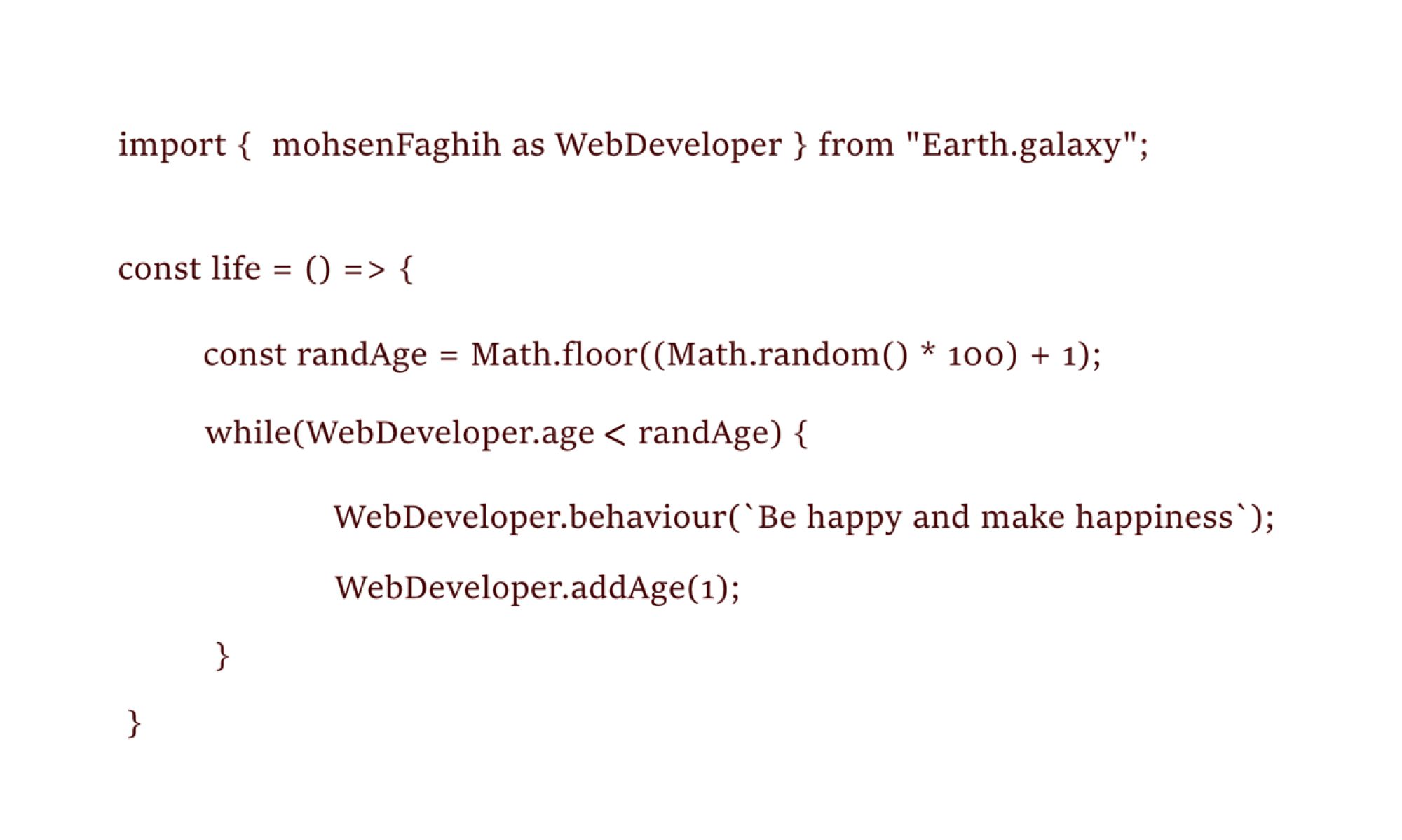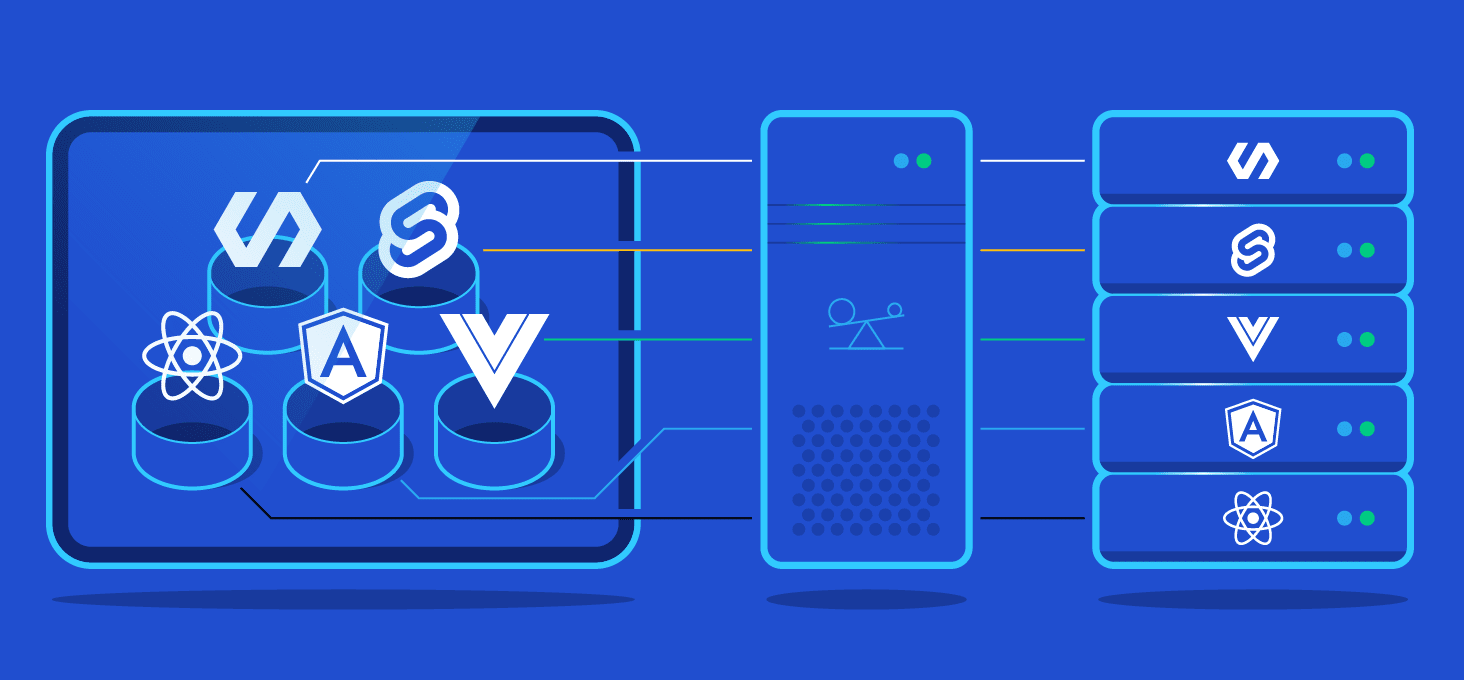Micro frontends are a relatively new concept in web development that have gained significant traction in recent years. Similar to microservices, micro frontends represent a way to break down a monolithic system into smaller, more manageable components that can be developed and deployed independently.
The idea behind micro frontends is to divide the user interface (UI) of a web application into smaller parts, which are then developed and maintained by different teams. Each team is responsible for a specific part of the UI, and these parts are assembled into a cohesive whole through a shared API or middleware layer. This approach allows teams to work in isolation, reducing the risk of conflicts between different parts of the system, and enabling faster iteration and deployment.
One of the main benefits of micro frontends is increased flexibility and scalability. With a traditional monolithic architecture, changes to one part of the system can have ripple effects throughout the entire codebase, making it difficult to make changes quickly and safely. By dividing the UI into smaller, independent components, micro frontends allow teams to work on different parts of the system without worrying about unintended consequences. This can lead to faster iteration, better collaboration between teams, and ultimately, a more scalable and robust application.
Another key advantage of micro frontends is improved agility. Because each team is responsible for a specific part of the UI, they can work at their own pace without being held back by other teams. This allows for faster development cycles, which in turn can lead to more frequent releases and faster time-to-market. Additionally, because each team is responsible for their own code, they can make changes and deploy updates without needing to coordinate with other teams, reducing the risk of delays or conflicts.
There are several different approaches to implementing micro frontends, each with its own strengths and weaknesses. One popular approach is to use a framework such as React or Angular to build individual components, which can then be integrated into the larger application using a shared API. Another approach is to use web components, which are self-contained, reusable HTML elements that can be used across different applications and frameworks.
However, there are also some challenges associated with micro frontends. One of the main challenges is managing dependencies between different parts of the system. Because each team is responsible for their own code, it can be difficult to ensure that different components are compatible with each other and with the rest of the system. This requires careful planning and coordination between teams to avoid conflicts and ensure that updates are rolled out smoothly.
Another challenge is ensuring consistency and maintaining a cohesive user experience across the entire application. Because different teams are responsible for different parts of the UI, there is a risk that the application may feel disjointed or inconsistent. To address this, it is important to establish clear design guidelines and standards, and to ensure that teams are communicating and collaborating effectively.
In conclusion, micro frontends represent a powerful approach to web development that can enable greater flexibility, scalability, and agility. By breaking down the UI into smaller, independent components, teams can work more effectively and efficiently, leading to faster iteration and deployment. However, there are also some challenges associated with micro frontends, particularly in terms of managing dependencies and ensuring consistency across the entire application. With careful planning and coordination, however, these challenges can be overcome, making micro frontends an attractive option for web developers looking to build more scalable and robust applications.




